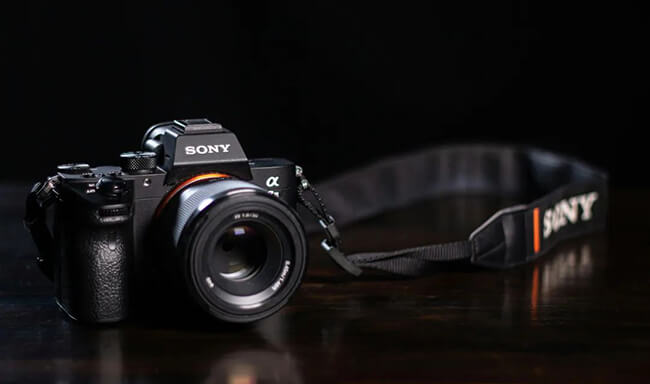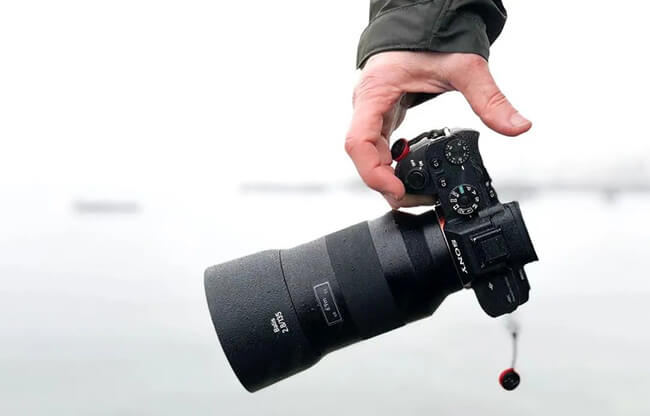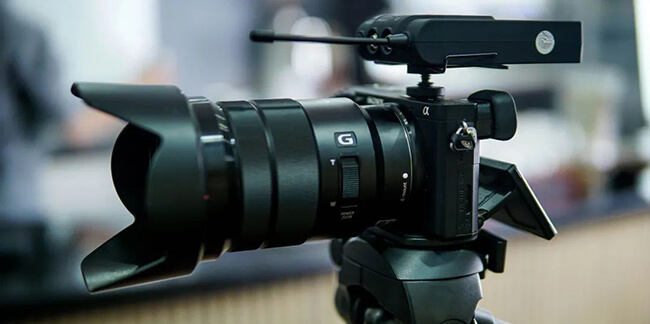In today's photography world, mirrorless cameras have taken over. Let's talk about how mirrorless cameras suddenly emerged, quickly captured the market, and replaced DSLRs. What makes them truly remarkable? First, we need to clarify what a mirrorless camera is. Simply put, a mirrorless camera removes the mirror used to reflect light in a DSLR (that is, the "reflex mirror") and also eliminates the pentaprism in the viewfinder. In other aspects, it is basically the same as a DSLR. Without the reflex mirror, mirrorless cameras have become more compact and lightweight, making them easy to carry around.

When did mirrorless cameras first appear? We have to go back to 2008. That year, Panasonic launched the world's first truly in the sense of
mirrorless camera, the Lumix DMC-G1. Although this camera looked similar to a DSLR in appearance, it revolutionarily removed the reflex mirror, making the body lighter and smaller. At the same time, it used an electronic viewfinder in the camera for the first time, allowing photographers to directly see the shooting results, that is, what you see is what you get. However, at the beginning, mirrorless cameras were not recognized by everyone. Many people thought that such "mirrorless" cameras were not professional enough, and some photographers even jokingly called them "toys". As a result, Panasonic did not put much effort into it.

It wasn't until Sony, the game - changer, appeared that everyone's attitude towards mirrorless cameras changed completely. In 2013, Sony launched the world's first full - frame mirrorless camera, the α7, at that time. The most amazing thing about this camera was that it retained the high image quality of DSLRs while being as compact and lightweight as mirrorless cameras. When the full - frame α7 was launched, although it was not perfect at that time, it quickly attracted everyone's attention. It made some forward - thinking photographers realize that mirrorless cameras could be lightweight and compact while ensuring the same performance as DSLRs, and they were very likely to replace DSLRs in the future. Now, it has indeed come true.

Next, let's talk about why mirrorless cameras have been recognized by everyone. We know that the most essential difference between mirrorless cameras and DSLRs is whether there is a reflex mirror. This difference leads to several distinctions between the two. The first is the difference in viewfinders. DSLRs use optical viewfinders, and what the photographer sees is the image reflected by the mirror. Mirrorless cameras, on the other hand, use electronic viewfinders, which is equivalent to looking directly at a screen. The biggest advantage is "what you see is what you get". Before shooting, you can see the exposure, color, and composition effects in real - time, which greatly improves the shooting success rate. This is extremely important for beginners. In terms of focusing, the focusing system of mirrorless cameras is directly integrated into the sensor and can cover the entire screen, unlike DSLRs which can only focus in the central area. I believe that those who have used DSLRs before know this problem. This focusing technology of mirrorless cameras makes their focusing performance faster and more accurate.

Due to Sony's success in mirrorless cameras, Canon and Nikon quickly followed suit. In 2018, Canon launched the EOS R series, and Nikon launched the Z series. Once these two camera giants joined in, the competition in the mirrorless camera market became lively instantly. At the same time, Fujifilm attracted a large number of young people with its unique retro style and color performance. Panasonic continued to delve into the Micro Four Thirds system and created a number of portable and high - performance video and shooting tools.

Having said so much, the real strength of mirrorless cameras lies not only in their lightweight and high - performance bodies but also in the different shooting experience they bring compared to DSLRs. Photographers can view the image in real - time through the electronic viewfinder, so they no longer have to worry about inaccurate exposure or color deviation of the image. They can track and shoot fast - moving objects more quickly and capture wonderful moments that used to require more high - end equipment. In fact, the emergence of mirrorless cameras has really changed the traditional rules of photography: from "seeing the result after shooting" to "seeing the result before shooting", that is, what you see is what you get. It has lowered the threshold for learning photography, allowing more people to experience the joy of photography, and also made each shooting more accurate.

It can be said that the era of mirrorless cameras has just begun. In the future, we have reason to believe that they will not only further strengthen their advantages but also integrate more intelligent technologies, such as AI - assisted shooting, more advanced image processing capabilities, and even more in - depth integration with smartphones and tablets, becoming another kind of intelligent device.
Related Tags: Experience in using cameras
